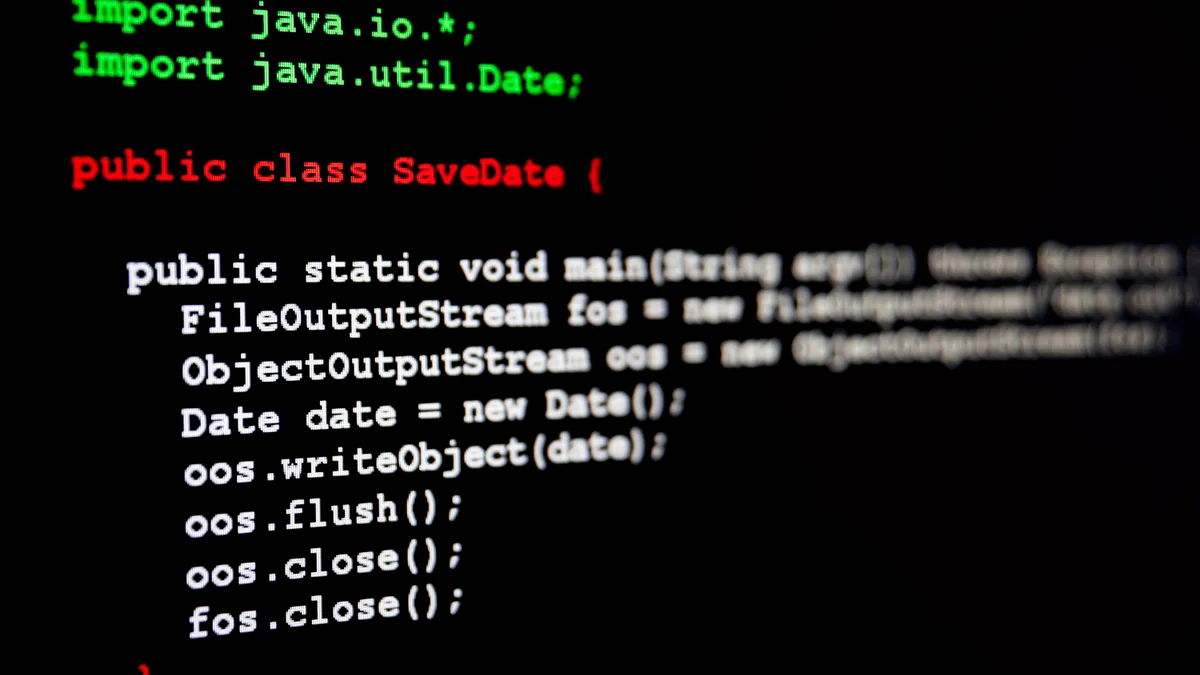Correction: In a previous version of this article, Michael Segal was referenced as the senior manager of Service Provider Marketing at NetScout.
In mid-April, Intel announced plans to cut 11% of its global workforce—up to 12,000 positions—by mid-2017. The declining PC market has wreaked havoc on Intel’s revenue, forcing the company to look elsewhere for future growth.
The new tech landscape increasingly favors innovative, fast-moving providers. That means mature tech companies have to shift their business strategies to survive. For example, both Cisco and IBM have recently moved to try and pivot more toward cloud infrastructure and other subscription-based business models.
Intel’s primary business—chip-making—cannot grow unless demand for chip-requiring products also grows. Given that PC sales have been on a downward trajectory for a while now, falling nearly 10% in the first quarter of 2016, it’s clear Intel must make a transition or risk being left behind permanently.
In an April 26 blog, Intel CEO Brian Krzanich couched the changes at Intel as an "incredibly exciting time" for the company. "The work we do at Intel today will change this company, our industry and the world," Krzanich said.
But how will Intel reinvent itself? For now, the company is banking on cloud technology and the rise of the Internet of Things.
Comfort in the cloud
Cloud technology is a good bet, if Intel can quickly rise to the occasion. A new report from Synergy Research found that the overall cloud market grew by an astonishing 50% in the first quarter of 2016. The report found the cloud market pulled in more than $7 billion in the first three months of the year, dominated by Amazon Web Services, Microsoft, IBM and Google.
There is huge demand for companies that can help enable enterprises to move to the cloud, and that trend does not look likely to slow down anytime soon.
As Taylor Wells, assistant professor of Management Information Systems at California State University, Sacramento, pointed out, many of the older tech companies have been providing portions of the hardware infrastructure that form the "cloud" since before it was called the cloud.
So for those companies, the real shift is moving away from some types of consumer-grade hardware to focus more on enterprise hardware, software and services.
"For example, Intel is moving away from its low power Atom processors even as the smartphone/tablet market remains relatively robust," said Wells. "Cisco dumped its consumer-grade Linksys brand (sold to Belkin) and IBM has moved its laptops/PCs to Lenovo."
"The reason for this shift is less that the consumer-grade hardware market is dead and more that the market has matured and has little growth and decline in some segments," Wells said. "The larger tech companies that once were high flying Wall Street darlings have simply moved to growth areas to try to recapture high stock prices."
Intel’s other bet, IoT, is less proven, but holds potential as well. Gartner recently predicted there will be 25 billion or more IoT devices connected to the Internet by 2020.
"Intel will focus on autonomous vehicles, industrial and retail as our primary growth drivers of the Internet of Things," Krzanich said in his blog. "Similarly, we view our core client business of PCs and mobile as among the many variations of connected things, which is driving our strategy of differentiation and segmentation in the Internet of Things business."
Survival of the fittest
Given the major shifts made by Intel, IBM, HP and others recently, should older tech companies simply abandon hardware, especially consumer-focused hardware?
Not necessarily, said Wells.
"But mature tech companies need to be willing to capture the disruptive innovations in their industries when their own products are reaching maturity and becoming standardized and commoditized," Wells said.
Michael Segal, director, solutions marketing at NetScout agreed, adding that large corporate layoffs like the ones recently announced by HP, IBM and Intel in many cases are related to deficient corporate strategy or poor execution rather than reinvention.
In other words, these companies should have seen the writing on the wall long ago and adapted in order to ensure their survival.
Intel, for example, failed to recognize in advance the growing importance of cloud, mobile and IoT and as a result their current "reinvention" is associated with layoffs.
Digital transformation "relies on pillars of innovation, such as cloud, analytics, social and mobile, and technology accelerators, such (as) security, IoT, cognitive computing and artificial intelligence, robotics, augmented and virtual reality," said Segal. "Companies that effectively embrace these pillars and accelerators of innovation early on as part of their digital transformation journey will thrive in the digital economy."
To successfully navigate through such market disruptions, the "old guard" companies need to constantly innovate with new business models and embrace the relevant, enabling technologies, added Segal, and that means being extremely agile in their business innovation.
Fortunately, CIOs can help. By becoming champions of a comprehensive business assurance strategy, CIOs can manage the quality and performance of service delivery, mitigate corporate risks and optimize operational efficiencies.
"As the business innovation accelerates, the CEOs of successful corporations will rely on their CIOs to manage the complexities associated with speed and scale of digital transformation," said Segal. "With a solid business assurance strategy in place the successful corporations will be able to innovate with confidence, offer superb customer experience, increase customer base, reduce operational expenses and as a result grow both their revenue and profitability."




















